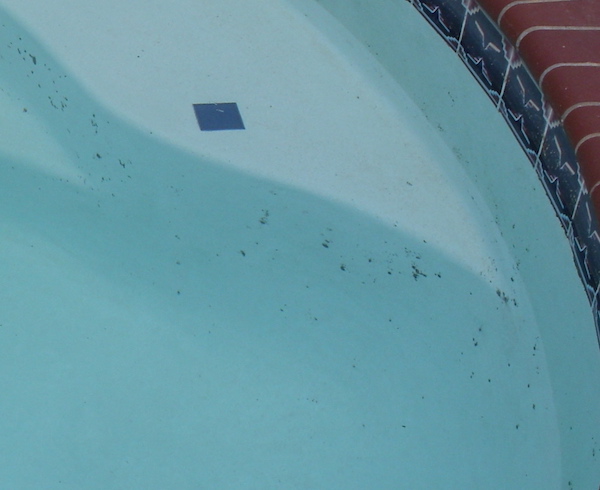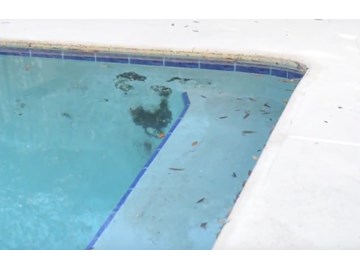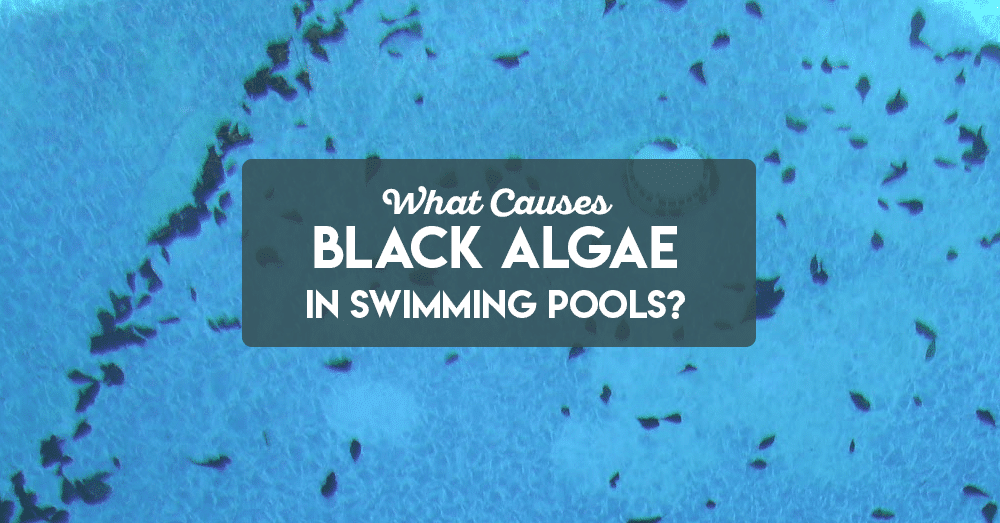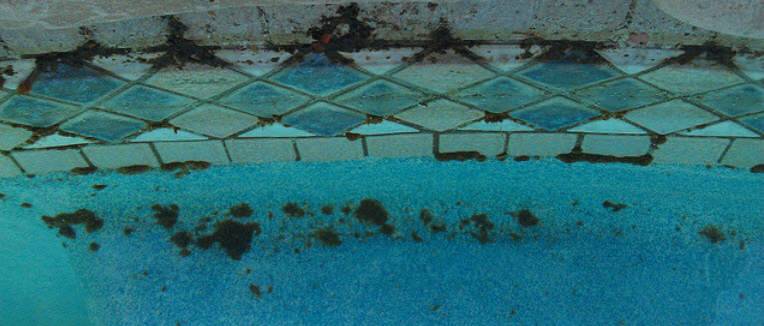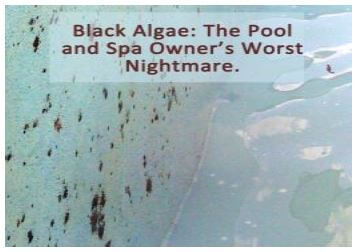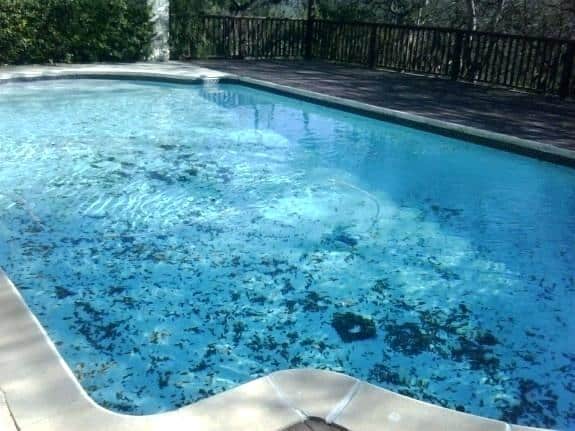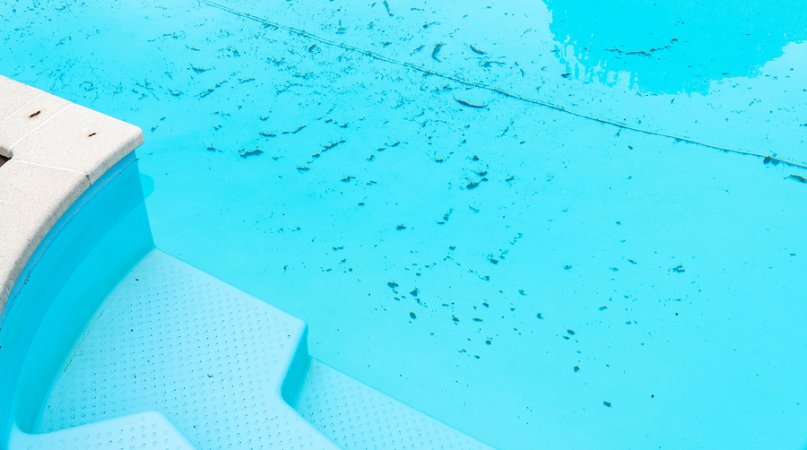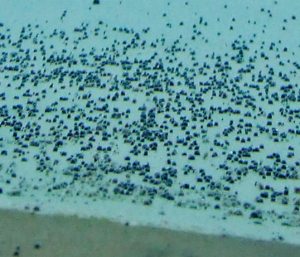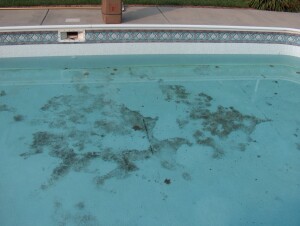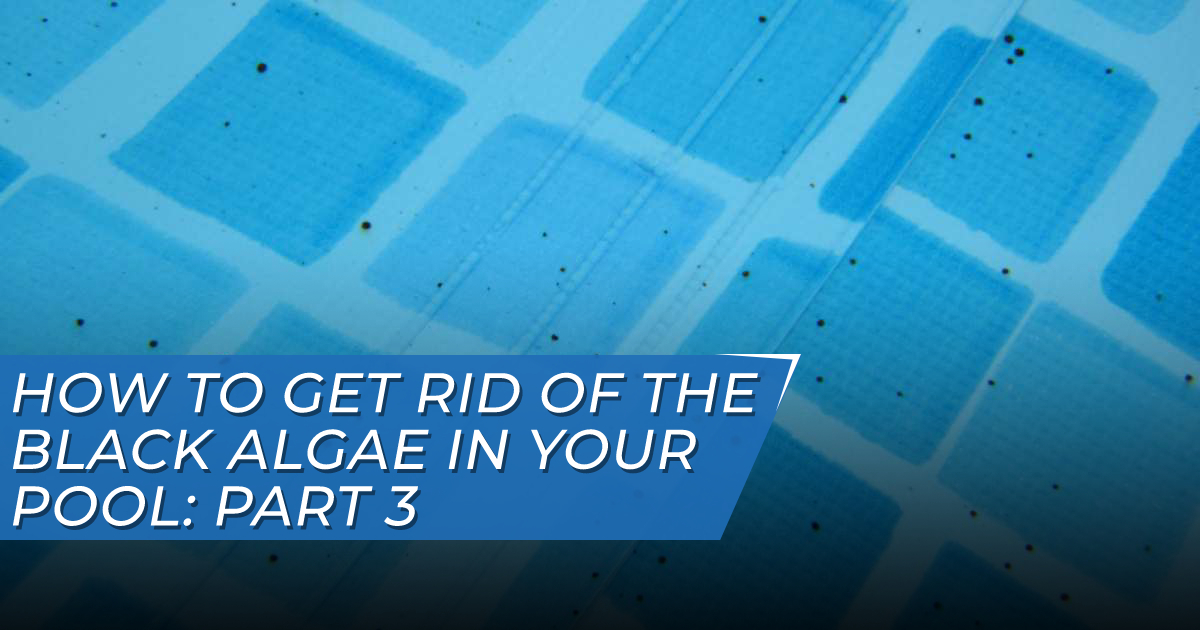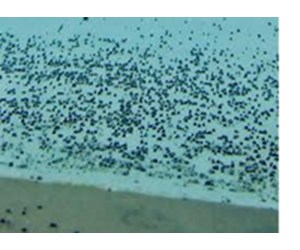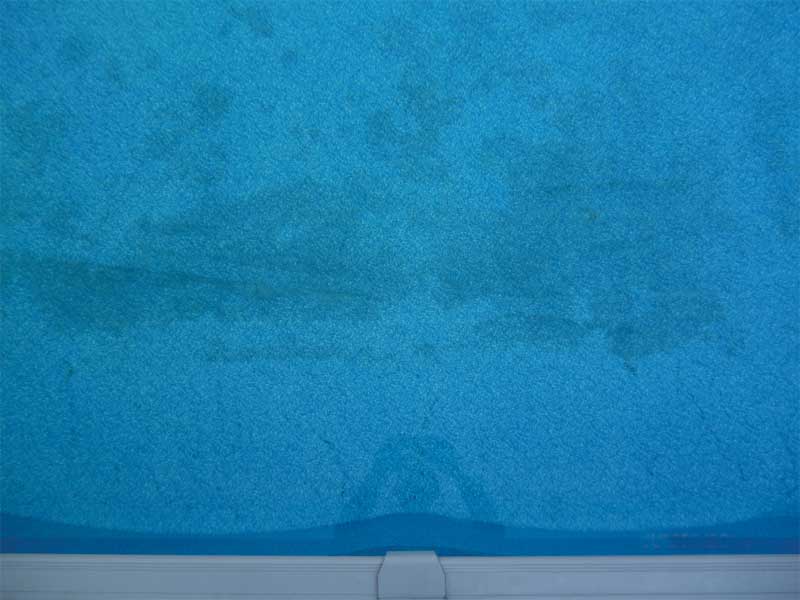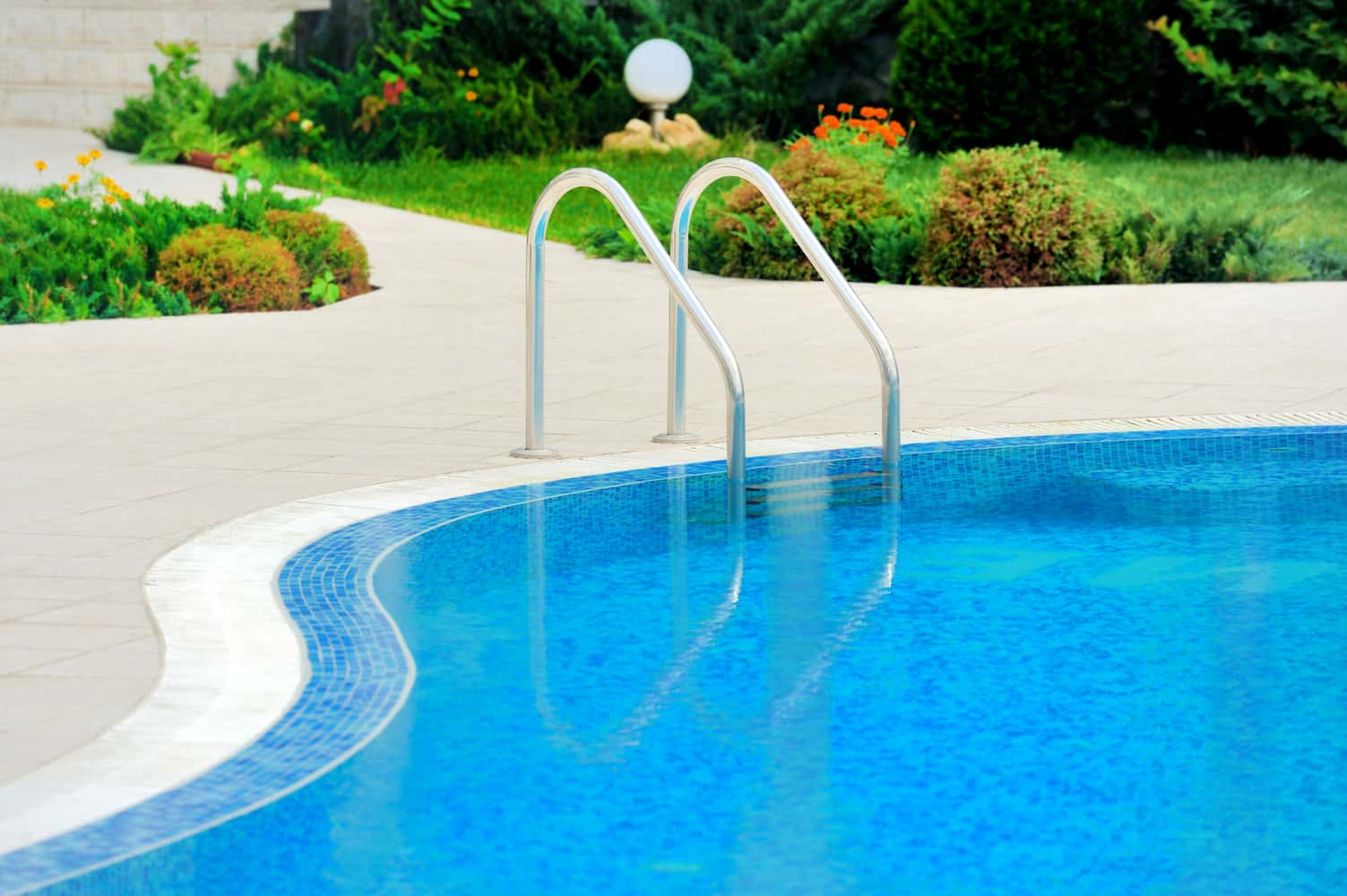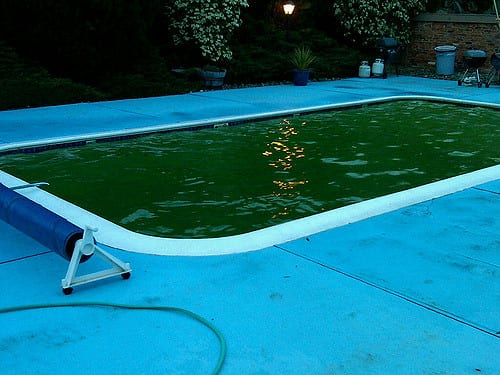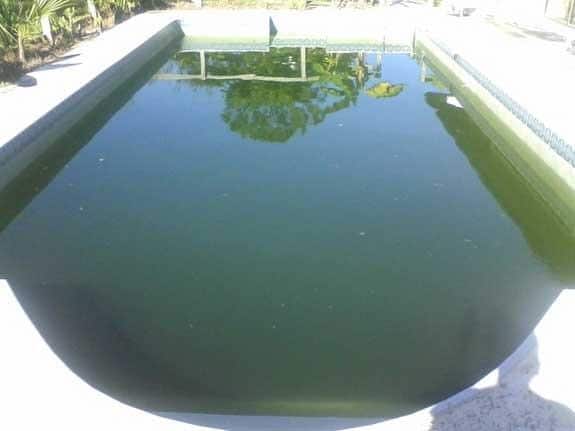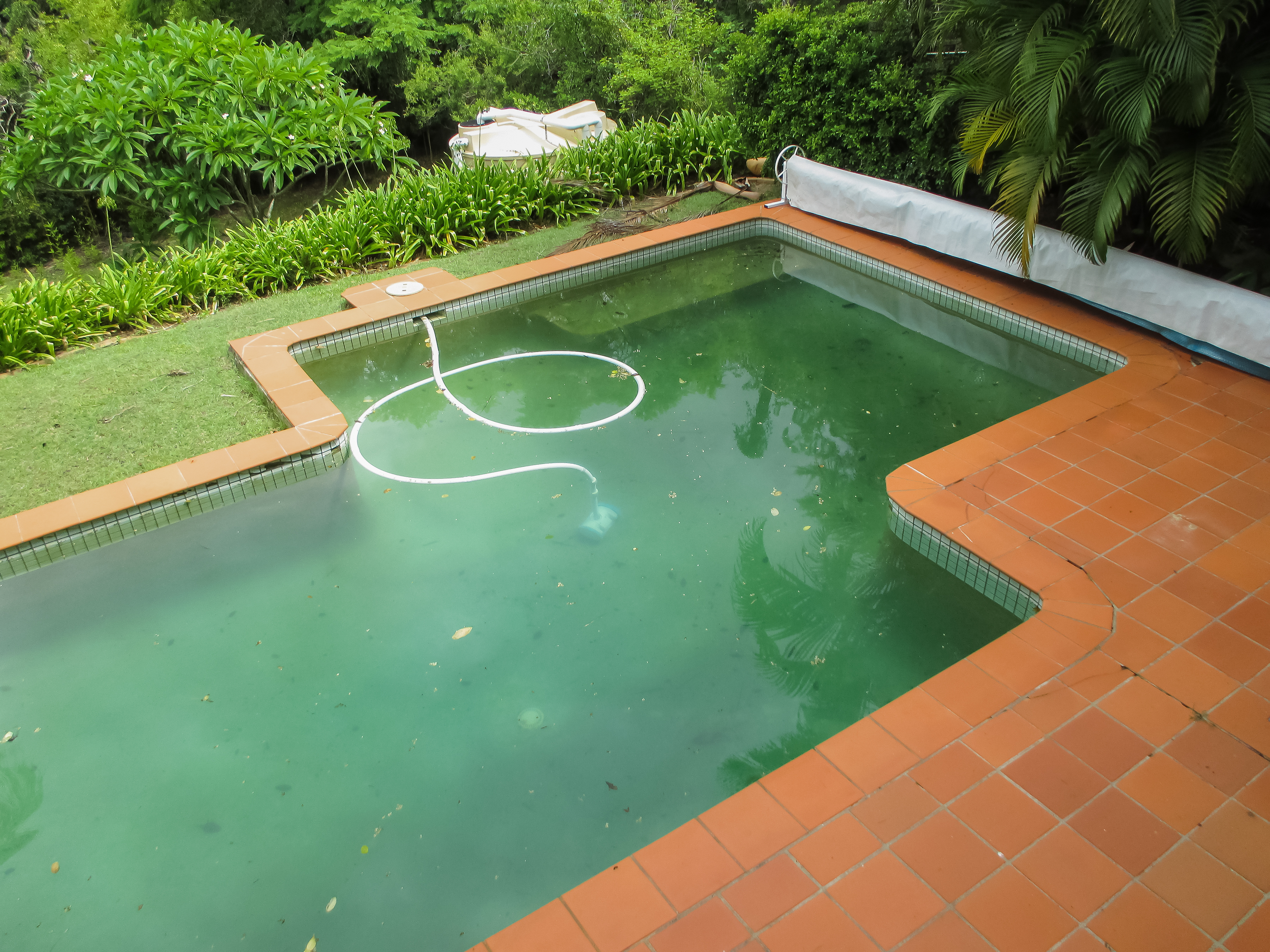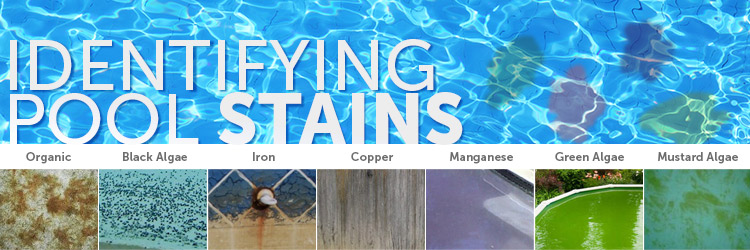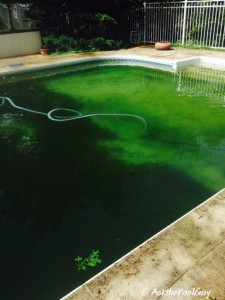Black Algae In Pool Cause

The protective layer that forms on black algae makes the algae otherwise impervious to regular sanitizers so you must brush the algae to break through this layer so that chlorine and algaecides can kill the organism.
Black algae in pool cause. Of the many types of algae that can grow in a swimming pool black algae is the most troublesome. Learn more about the best ph level for your pool and how to rebalance your water by shocking your pool with. I mean we ve all been warned of the health risks of black mold. If you stay on top of your pool care you should be less likely to encounter green algae lurking in your pool.
They re in just as much danger of becoming sick if the water is infected with black algae. Black algae have deep roots that work their way into the walls grout and filters in your pool. The cause of green algae is usually not following standard pool maintenance routines and allowing your pool to reach a low ph or alkaline level. If you have black algae in your pool and your kids accidentally swallow pool water while they re horsing around they could experience anything from nausea and stomach cramps to liver damage.
Coli which can make swimmers quite ill. In addition swimmers will need to remain out of the water while the pool is being treated. The algae in pool tiles grow through the grout and the roots help to deteriorate the tile. Black algae may harbor organisms such as e.
Black algae are so unhygienic. Dogs can also carry the algae into the pool on their. Black algae will appear as dark black or blue green spots usually the size of a pencil eraser tip up to the size of a quarter. Letting it fester on the outer edges of your swimming pool is not a good idea because it harbours harmful bacteria like e.
You might have to replace your tile if the algae cause significant damage. Their roots extend into the pool plaster or tile grout and unless the roots are destroyed a new head will grow back in the same place. It is also imperative that you scrub any tile that your pool might have because algae spores can hide in the grout of the tile as well as on the tile itself. It is virtually impossible in vinyl or fiberglass pools due to the smooth surface that prevent the roots from embedding themselves.
How to get rid of algae in your pool because of its appearance black algae look a little frightening. Treatment of green algae. It usually appears on the pool surface as isolated black spots dark circular patterns or blotchy black patches. Black algae typically afflicts plaster pool surfaces.
If the roots aren t destroyed the organism will continue to grow back. Why is black algae bad for your pool. Heavy doses of chemicals such as pool shock and algaecide must circulate for several hours prior to the water chemistry reaching safe levels. And have you ever seen your dog take a drink from the pool.
Black algae usually finds its way into the pool on the body or bathing suit of someone who has recently been swimming in a natural body of water such as a lake or the ocean. The heads also contain protective layers to keep cell destroying algae treatment. It has more resistance to chlorine than other types of algae and once it establishes itself in the pores of a concrete or gunite pool it is very difficult to remove. Black algae has a tendency to latch onto the sides of your pool as well so scrubbing the algae away is an effective removal method.
A few samples are shown below. It will flourish in a warm pool with lots of sunny days.
